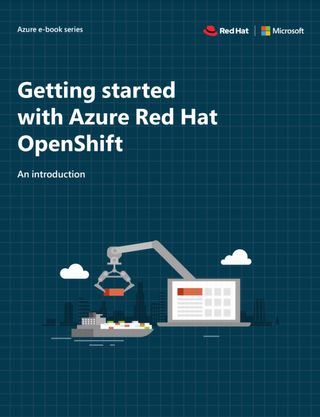Red Hat launches free RHEL for small production workloads
Development teams will also be able to use free cloud offering from February

Red Hat has introduced a no-cost version of its Red Hat Enterprise Linux for small production workloads and customer development teams.
With the updates, organizations can now use the free Individual Developer RHEL subscription in production environments of up to 16 systems. Previously, they could only use it for development purposes.
Also, as part of these updates, Red Hat customers’ enterprise development teams will be able to access company-wide development subscription to RHEL
In a blog post, the firm said the program’s former terms of limiting use to single machine developers was “challenging.” Organizations can access the new program via a free Red Hat account (or via single sign-on through GitHub, Twitter, Facebook, and other accounts) to download RHEL and receive updates.
Red Hat said this wasn’t a sales program and no sales representative will follow up. “ An option will exist within the subscription to easily upgrade to full support, but that’s up to you,” the firm said.
Users can also use the expanded Red Hat Developer program to run RHEL on major public clouds, including AWS, Google Cloud Platform, and Microsoft Azure. While users’ providers set the hosting fees, the operating system is free for development and small production workloads.

Getting started with Azure Red Hat OpenShift
A developer’s guide to improving application building and deployment capabilities
This updated Individual Developer subscription for RHEL will be available by February 1.
Get the ITPro. daily newsletter
Receive our latest news, industry updates, featured resources and more. Sign up today to receive our FREE report on AI cyber crime & security - newly updated for 2024.
Red Hat is also enlarging its developer program to make it easier for a customer’s development teams to join the program and take advantage of its benefits. This means development teams can now be added to this program at no additional cost via the customer’s existing subscription, making RHEL more accessible as a development platform for the entire organization.
With this program, organizations can deploy RHEL via Red Hat Cloud Access, and it’s accessible on major public clouds including AWS, Google Cloud Platform and Microsoft Azure at no additional costs, except the usual hosting fees a user’s cloud provider charges.
For CentOS Linux users who don’t want to move to CentOS Stream, Red Hat acknowledged that the programs don’t address every CentOS Linux use case.
“We’re working on a variety of additional programs for other use cases, and plan to provide another update in mid-February,” the firm said.
“We want to make RHEL easier to use and are removing many barriers that stand in the way, working to keep pace with the evolving needs of Linux users, our customers and our partners. This requires us to continuously examine our development and business models to meet these changing needs. We believe that these new programs -- and those to follow -- work toward that goal,” it added.
Rene Millman is a freelance writer and broadcaster who covers cybersecurity, AI, IoT, and the cloud. He also works as a contributing analyst at GigaOm and has previously worked as an analyst for Gartner covering the infrastructure market. He has made numerous television appearances to give his views and expertise on technology trends and companies that affect and shape our lives. You can follow Rene Millman on Twitter.





